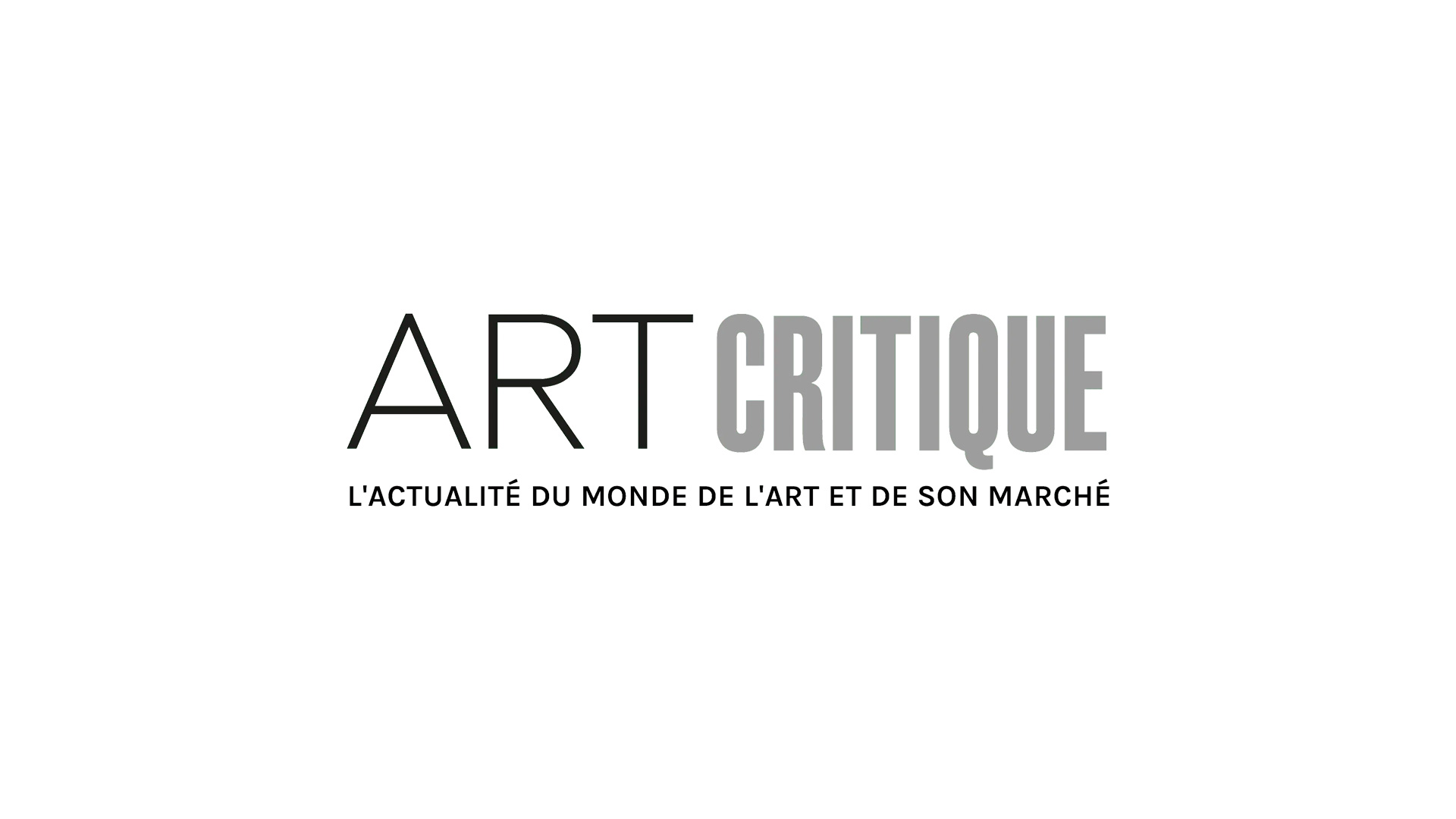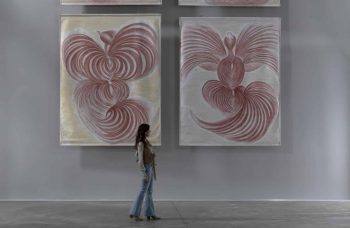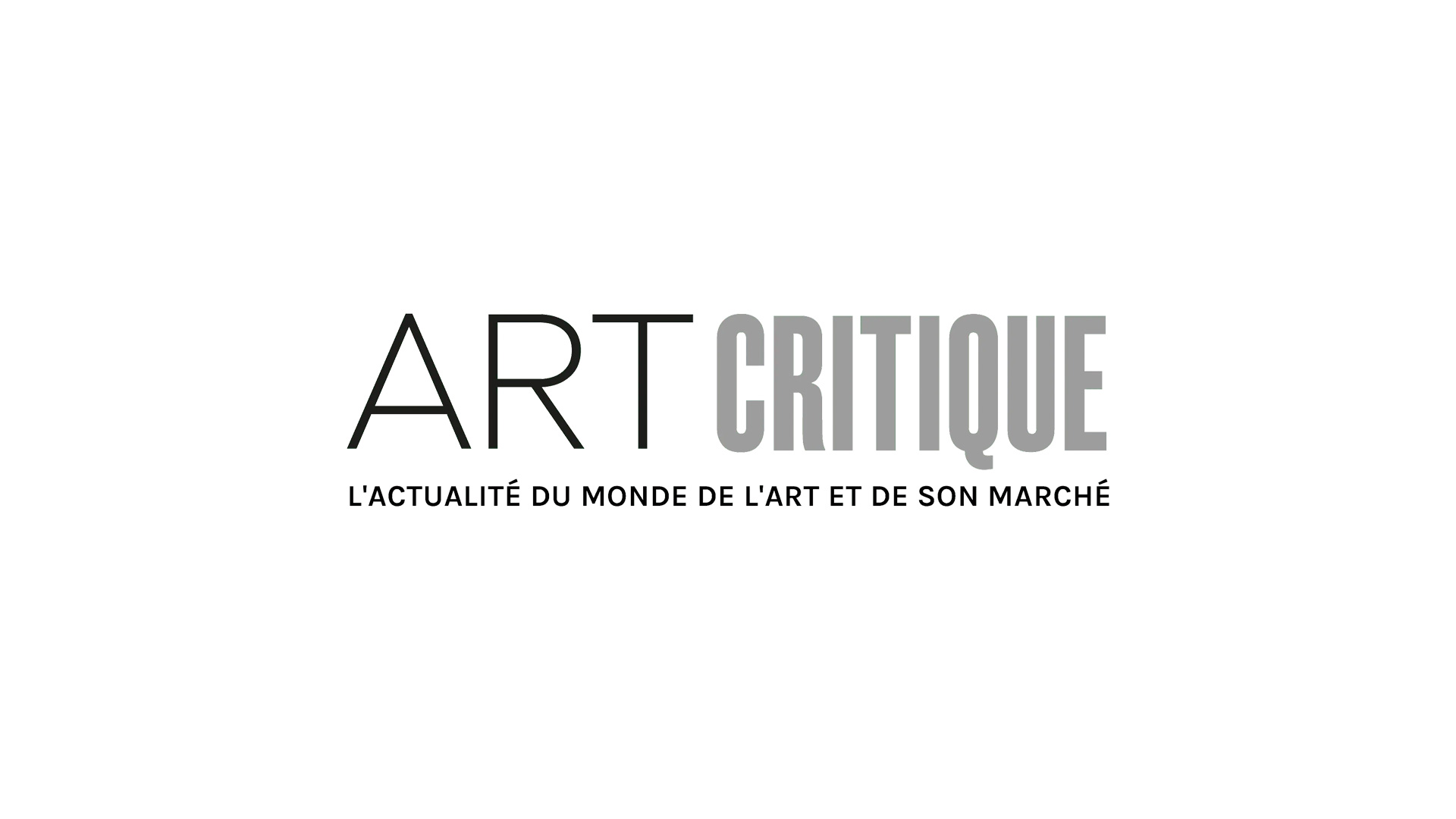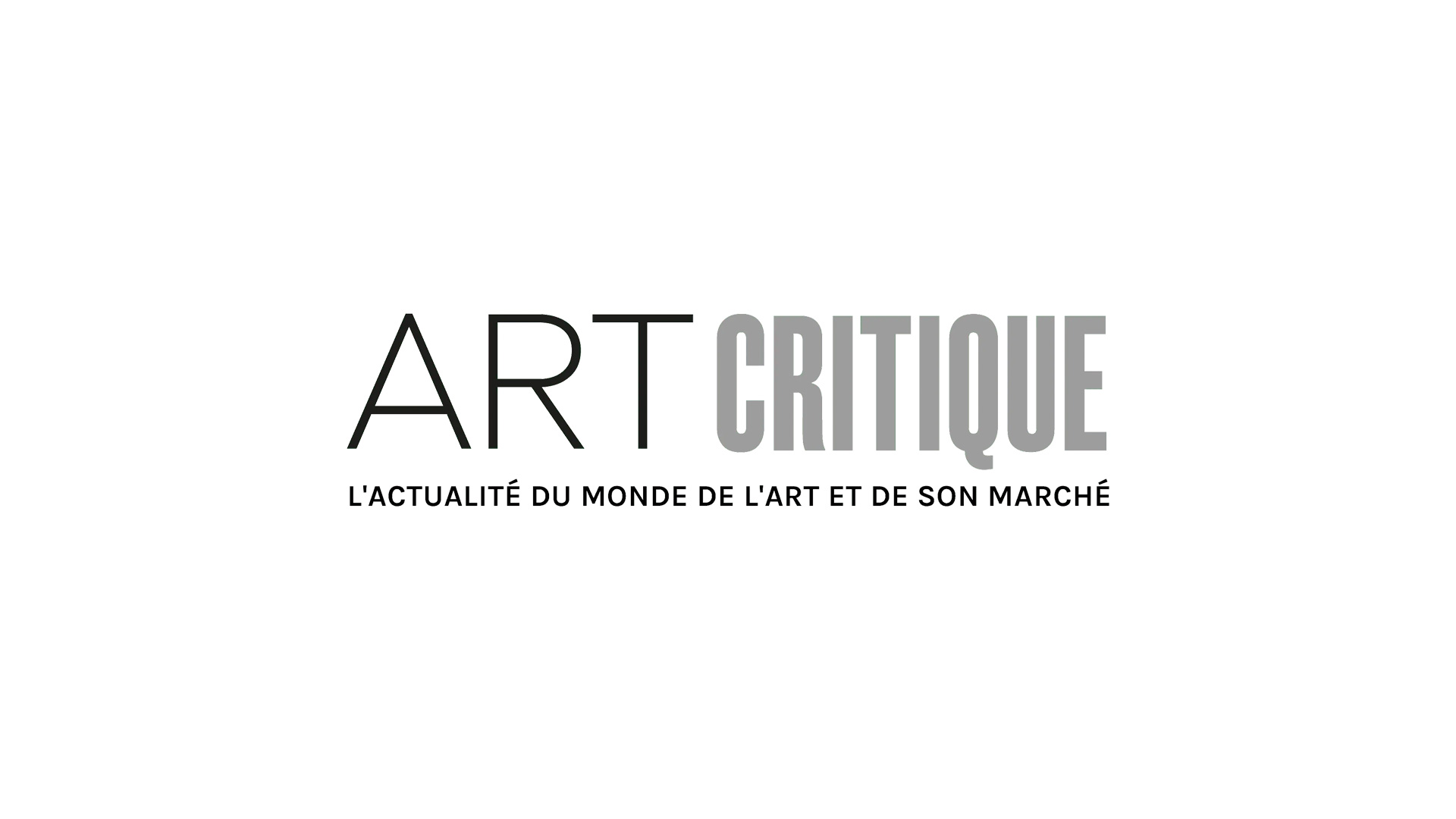Germany’s Haus der Kunst has had a tumultuous couple of years and at the moment, it seems that turmoil may continue while wreaking more havoc on its employees. The museum, which has been struggling financially, may now lay off about two-thirds of its employees. Of the 48 staff members whose positions are on the line, most of them are front of house workers including security guards and cashiers, some of which have been with the museum for 15 and 20 years.
The museum upholds that the reason behind these layoffs may be in anticipation of those that might occur when the museum partially closes to make way for a renovation project planned for 2020 by David Chipperfield, a renowned British architect. At one point, the museum was considering making its entire staff of 75 redundant while the museum undergoes its transformation. However, the plan now seems to funnel those laid off to third party companies.
In recent years, the Haus der Kunst has faced a number of issues under the direction of curator Okwui Enwezor, who was the museum director until 2018. During his seven years at the museum, the financial stability of the museum dwindled and there were investigations into claims of sexual harassment and influences of scientology on the institution. Last year, the Haus der Kunst cited financial difficulties for the the cancellation of planned exhibitions for Joan Jonas and Adrian Piper, which led to much criticism. Later that year, Enwezor stepped down due to medical concerns three years before his contract was up and in March, he passed away. In the same month, Bernhard Spies was brought on board to become the museum’s commercial director tasked with getting the museum back on track. While a director has not been appointed, yet, to fill Enwezor’s place, Bice Curiger, artistic director of the Vincent van Gogh Foundation, was brought on board in January to oversee the museum’s programming strategies for the next two years. Achim Hochdörfer, director of Munich’s Brandhorst Museum, and Ingvild Goetz, a curator and collector, are also on the Haus der Kunst’s commission. According to the Süddeutsche Zeitung, Spies says that over the last few months, ‘the economic situation has improved, but is still not relaxed.’
The Haus der Kunst opened its doors in 1937 as the Haus der Deutschen Kunst and was the main art institution for Germany’s National Socialist party. Following World War II, the grand Neoclassical building was used as an officer’s club for the US army and its first exhibitions occurred as early as 1946. The museum featured a number of avant-garde artists, including Picasso, following the war and in the years since, it has been transformed into an international museum of modern and contemporary art. It acts as a non-collecting public museum and hopefully, it will continue as one of Germany’s main museums when everything is said and done.





